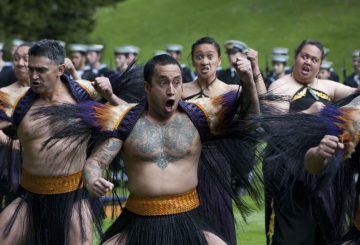Правительство объявило о самом большом бюджете агентства по закупке лекарств Pharmac за всю историю своего существования. По словам заместителя министра здравоохранения Дэвида Сеймура, в течение следующих четырех лет будет израсходовано почти 6,3 миллиарда долларов. Этот новый бюджет покрывает дефицит в 1,7 миллиарда долларов, оставшийся при прежнем лейбористском правительстве.
Прежнее правительство ежегодно выделяло компании Pharmac 180 миллионов долларов, но фактические расходы на поддержание бюджета агентства превышают 400 миллионов долларов в год. Такое недофинансирование грозило ограничить доступ новозеландцев к жизненно важным медицинским услугам, вынудив Pharmac исключить некоторые лекарства из своего списка.
План по реформированию модели финансирования Pharmac является частью коалиционного соглашения между ACT и National. Как New Zealand First, так и National согласились ежегодно увеличивать финансирование Pharmac. Во время предвыборной кампании лидер Лейбористской партии Крис Хипкинс заявил, что за время его пребывания у власти финансирование Pharmac увеличилось до 1,2 миллиарда долларов в год.
Однако в настоящее время в списке пожеланий Pharmac более 130 видов лечения, которые компания хотела бы финансировать, но не может из-за бюджетных ограничений. В августе прошлого года врачи-онкологи написали открытое письмо в Pharmac с просьбой увеличить финансирование новых лекарств, отметив, что Новая Зеландия едва успевает за списком основных лекарственных препаратов Всемирной организации здравоохранения.
Сеймур подчеркнул, что для некоторых новозеландцев финансирование лекарств — это вопрос жизни и смерти. По его словам, правительство намерено выделить дополнительные 1,774 миллиарда долларов, чтобы обеспечить всем новозеландцам доступ к необходимым лекарствам.
Сеймур также упомянул о других инициативах, таких как возврат лекарств от простуды и гриппа под псевдоэфедрином и упрощение процедур одобрения Pharmac. Он объявил, что бывший вице-премьер Паула Беннетт станет председателем совета директоров Pharmac в следующем месяце. Предыдущий председатель, Стив Махари, ушел в отставку в декабре.





























































